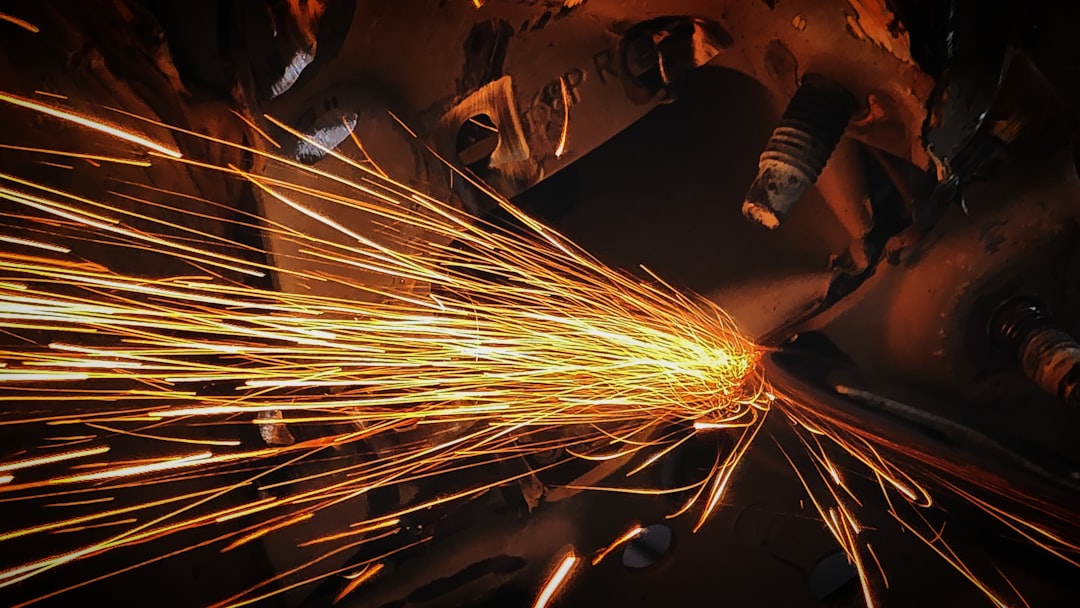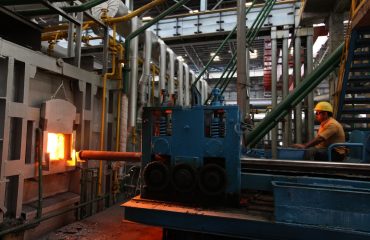The steel industry, a cornerstone of global infrastructure and manufacturing, is undergoing a significant transformation driven by technological advancements. At the heart of this evolution lies industrial networking, a critical element enabling enhanced efficiency, optimized production, and improved supply chain management. This post delves into the multifaceted role of industrial networking in the steel trade, exploring its benefits, challenges, and future prospects.
1. Optimizing Steel Production with Industrial Ethernet
The steelmaking process involves numerous complex and interconnected stages, from raw material handling to finished product delivery. Traditionally, these stages operated in relative isolation, hindering real-time data exchange and process optimization. Industrial Ethernet, with its high bandwidth and deterministic capabilities, is revolutionizing this landscape. Technologies like PROFINET, EtherNet/IP, and Modbus TCP enable seamless communication between Programmable Logic Controllers (PLCs), sensors, actuators, and other industrial devices throughout the entire production line. This allows for precise control of temperature, pressure, and other critical parameters, minimizing waste, improving product quality, and maximizing throughput. Real-time data acquisition allows for predictive maintenance, preventing costly downtime by identifying potential equipment failures before they occur. Furthermore, the ability to integrate data from various sources allows for sophisticated process control algorithms that optimize the entire production process for maximum efficiency and reduced energy consumption.
2. Enhancing Supply Chain Visibility with Industrial IoT
The steel trade extends far beyond the confines of the steel mill. A robust and efficient supply chain is essential for delivering products on time and within budget. The Industrial Internet of Things (IIoT) is proving invaluable in this area. By connecting various points in the supply chain – from raw material suppliers to transportation providers and end-customers – IIoT enables real-time visibility into the movement of goods, inventory levels, and potential bottlenecks. Smart sensors embedded in shipping containers and trucks provide location data and environmental conditions, allowing for proactive management of logistics and improved delivery predictability. This enhanced visibility reduces lead times, minimizes delays, and improves overall supply chain responsiveness. Moreover, the integration of IIoT data with enterprise resource planning (ERP) systems provides a holistic view of the entire supply chain, facilitating better decision-making and improved resource allocation.
3. Implementing Cybersecurity Measures in Steel Mill Networks
The increasing reliance on interconnected systems in steel mills also introduces significant cybersecurity risks. A successful cyberattack can disrupt operations, compromise sensitive data, and even cause physical damage to equipment. Robust cybersecurity measures are therefore paramount. This includes implementing firewalls, intrusion detection systems, and access control mechanisms to protect the network from unauthorized access. Regular security audits and penetration testing are essential to identify and address vulnerabilities. Furthermore, employee training and awareness programs are vital to prevent human error, a major source of security breaches. The adoption of secure communication protocols and encryption techniques is crucial for protecting data transmitted across the network. Given the critical infrastructure nature of steel production, adherence to industry best practices and compliance with relevant regulations are non-negotiable.
4. The Role of Wireless Technologies in Modern Steel Plants
While wired networks form the backbone of industrial communication in steel mills, wireless technologies are playing an increasingly important role. Wireless sensor networks enable the monitoring of hard-to-reach areas, providing valuable data on temperature, vibration, and other critical parameters. Wireless communication is also crucial for mobile equipment, such as cranes and forklifts, allowing for real-time data exchange and remote control. Technologies like Wi-Fi, Bluetooth, and cellular networks are being deployed in various applications, enhancing flexibility and reducing the need for extensive cabling. However, the implementation of wireless technologies requires careful consideration of factors such as signal strength, interference, and security. A well-planned wireless infrastructure is essential to ensure reliable and secure communication.
5. Future Trends in Industrial Networking for the Steel Industry
The future of industrial networking in the steel industry is characterized by further integration, automation, and intelligence. The convergence of IT and OT (operational technology) will continue to blur the lines between traditional industrial networks and enterprise systems. The adoption of artificial intelligence (AI) and machine learning (ML) will enable predictive maintenance, optimized process control, and improved decision-making. The use of edge computing will reduce latency and improve real-time responsiveness. Furthermore, the increasing adoption of digital twins will allow for virtual simulations and optimization of steelmaking processes before implementation in the real world. The integration of blockchain technology offers potential for enhanced traceability and security throughout the supply chain. These advancements will drive further efficiency gains, improved product quality, and increased sustainability within the steel industry.
The steel industry’s embrace of industrial networking is a testament to its commitment to innovation and efficiency. By leveraging the power of interconnected systems, steel manufacturers are transforming their operations, enhancing their competitiveness, and shaping the future of this vital industry.
SEO Tags:
Industrial Networking, Steel Industry, IIoT Steel, Steel Production Automation, Industrial Ethernet Steel




